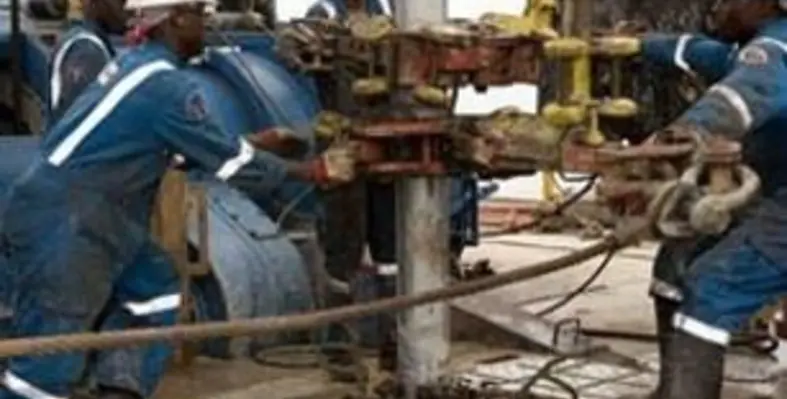An agreement between the Ugandan authorities and Tullow sets the scene for the country to emerge as a 200,000 barrels per day oil producer
Following the agreement – covering a procedure for resolving a tax dispute – Tullow signed contracts with its two partners for blocks in the Lake Albert area, where vast oil reserves have been established.
Tullow is to be joined in the development by France’s Total and China’s CNOOC, with each company having a one-third share in each of three blocks. The government has the right to decide operatorships, but company sources indicate that Total will be offered Block 1, Tullow will be offered Block 2 and CNOOC will be offered Block 3A.
Tullow will act as operator while the other firms establish their teams, allowing an early resumption of exploration drilling – which had been halted during the tax dispute. In April, the company said two wells were about to be started in Block 1, one into the Jobi-East prospect and the other into Mpyo. Two more drilling rigs are to be brought into the country, in addition to the three already there, to speed up exploration work. The company is also studying the facilities needed to push the search offshore into Lake Albert.
With 39 wells drilled in the three blocks, Tullow estimates that reserves of 1bn barrels have been found. Undrilled structure are estimated to hold another 1.5bn barrels, although such estimates are usually conservative and many expect the total to be higher. Wells drilled so far have had a very high success rate – and exploration is helped by the reservoirs being at fairly shallow depths below the surface, reducing drilling times.
Tullow says the development plan will deliver “at least 200,000 barrels/day, while Total goes further and says plateau production could exceed 300,000 barrels/day, depending on the results of the future drilling programme.
Field facilities are likely to comprise a main production centre in the north of the basin, with a secondary centre in the south. Yet to be decided is whether the crude will be refined in the country or exported. The government favours the construction of a refinery near the oilfields, allowing products to be supplied within Uganda and exported regionally. The oil companies favour the construction of a 1,300km pipeline to carry the crude to Mombasa, Kenya, where it can be sold on world markets.
Both options will be costly. Because Uganda’s crude is acidic, a refinery would have to be constructed with special metals to prevent corrosion, but the crude is also waxy so the pipeline would need to be heated. Eastern Africa’s only refinery at present is a small facility at Mombasa, for which there are expansion plans.



